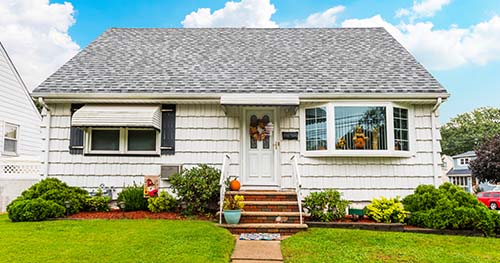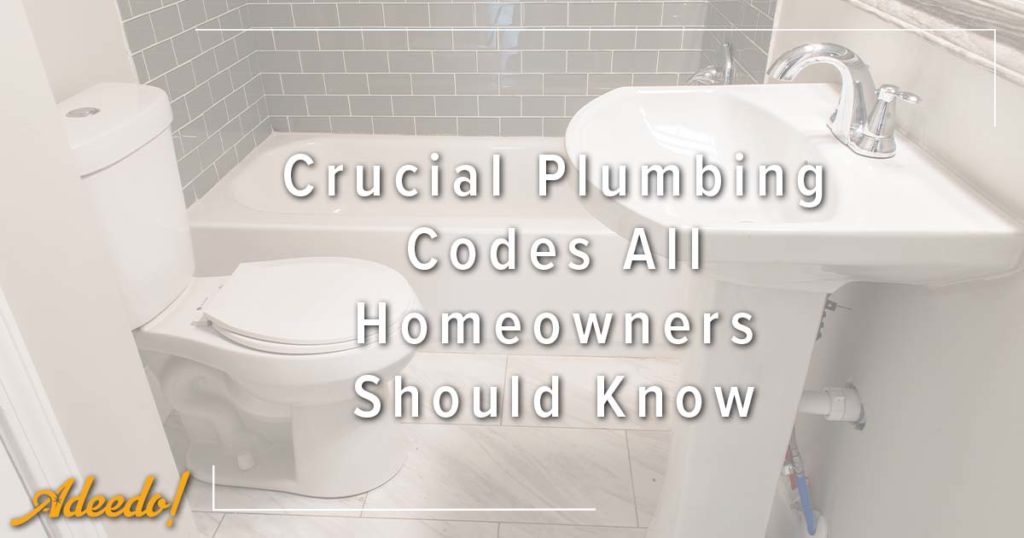Plumbing work can be messy, not just because of the pipes but also due to strict plumbing codes that must be adhered to. These codes ensure the safety and wellbeing of homeowners. and offer protection from any dangerous plumbing mishaps. Even if you’re not doing repairs, it’s important know what these plumbing codes are and how they relate to your home’s system.
Remember to check the National Uniform Plumbing Code
When you want to update or fix your plumbing, you should first check the National Uniform Plumbing Code (NUPC). This set of rules governs all plumbing work in the United States, with separate codes for each area.
The NUPC also helps you determine which jobs are more complicated and would require professional plumbing help.
Correctly Sloping Drainpipes
In most homes, the drains are the lowest points of the plumbing system. The water flows down them, and gravity pulls it along. But it’s important to ensure that the drains slope properly, so your home’s pipes don’t get clogged with debris.
Install Cleanouts
A cleanout is a specialized type of pipe that allows plumbers to remove obstructions from a pipe without digging up the entire line.
Avoid Cutting Notches in Joists
Serious risks are involved when you cut notches in joists.

You can’t just cut a hole in a joist and put a pipe through it. The pipe won’t be supported and could fall through the floor or ceiling. This is dangerous for both you and your plumbing work. If you must cut into a joist for any reason, ensure it’s done correctly, so you don’t cause any damage or injury to yourself or others.
Make Sure You Have the Right Size of Fittings and Pipes
To ensure that your drainage system works properly, you need to make sure you have the right fit for your pipes. The wrong fitting can lead to leaks and other problems with your plumbing system, which can be very costly to repair or replace.
Make Sure You’re Using the Right Pipe Material
Plumbing pipes are made from different materials depending on whether they carry hot or cold water and are connected outdoors or indoors. The most common types of piping material include copper, steel, and plastic PVC pipes for drainage purposes.
Water Pressure Must be Adequate
Adequate water pressure is essential for proper functioning faucets, showers, and toilets. It’s also important for washing dishes and clothes and flushing your toilet. Water pressure that is too low can lead to clogged drains, which can result in flooded basements or even structural damage to your home.

Be Sure to Vent Properly
Vented drainpipes allow air to escape the drainage system and prevent sewer gasses from entering your home.
Proper Fixture Placement and Spacing
Plumbing fixtures must not be installed too close together. This is because they are meant to carry water, which has a high specific gravity. If there is no room for the water to spread out, it will cause the plumbing fixture to leak.

The maximum allowable distance between two fixtures is called a maximum spacing or clearance. This is usually determined by local codes and regulations, but it can also be determined by experience or common sense.
Most Importantly, Maintain the Structure of the Building
Plumbing fixtures are usually installed during construction, but sometimes they must be repaired or replaced later. The installation of plumbing fixtures must not weaken the structure of the house. If you have already installed plumbing fixtures in your home and want to know whether they are safe, do not hesitate to call an expert plumber who can inspect them for you.

Still not sure about plumbing codes? Contact the plumbing professionals at Adeedo for more information.

